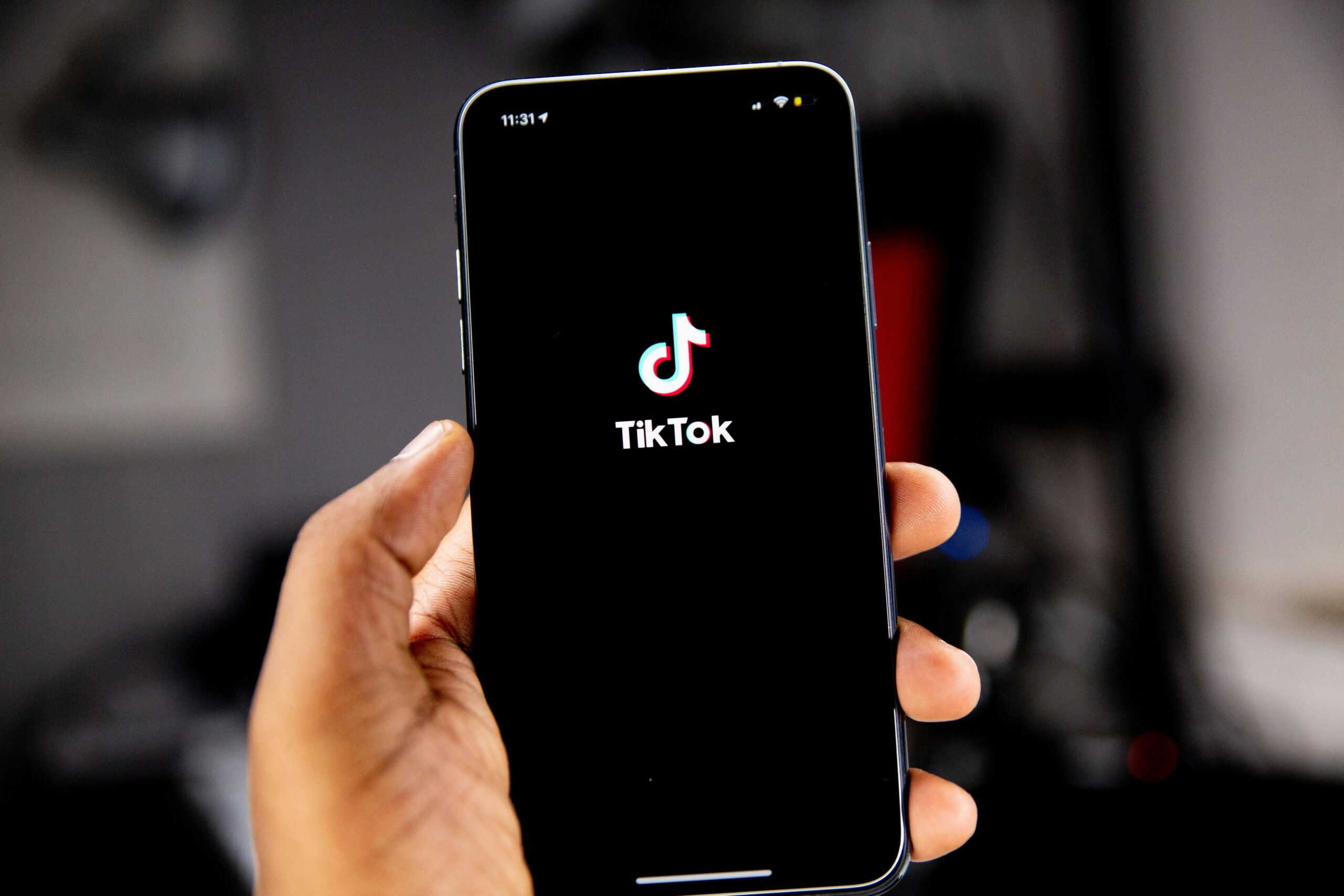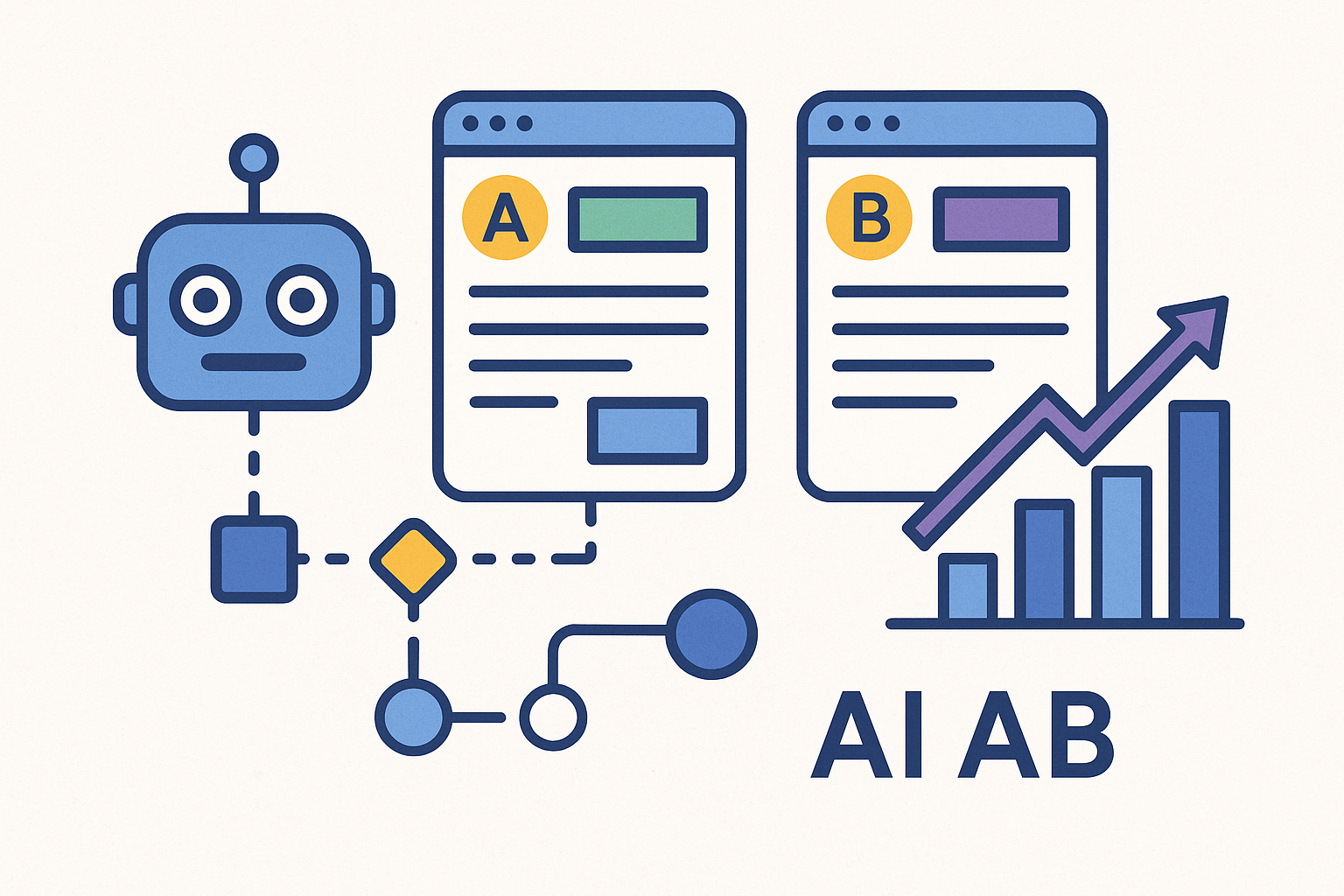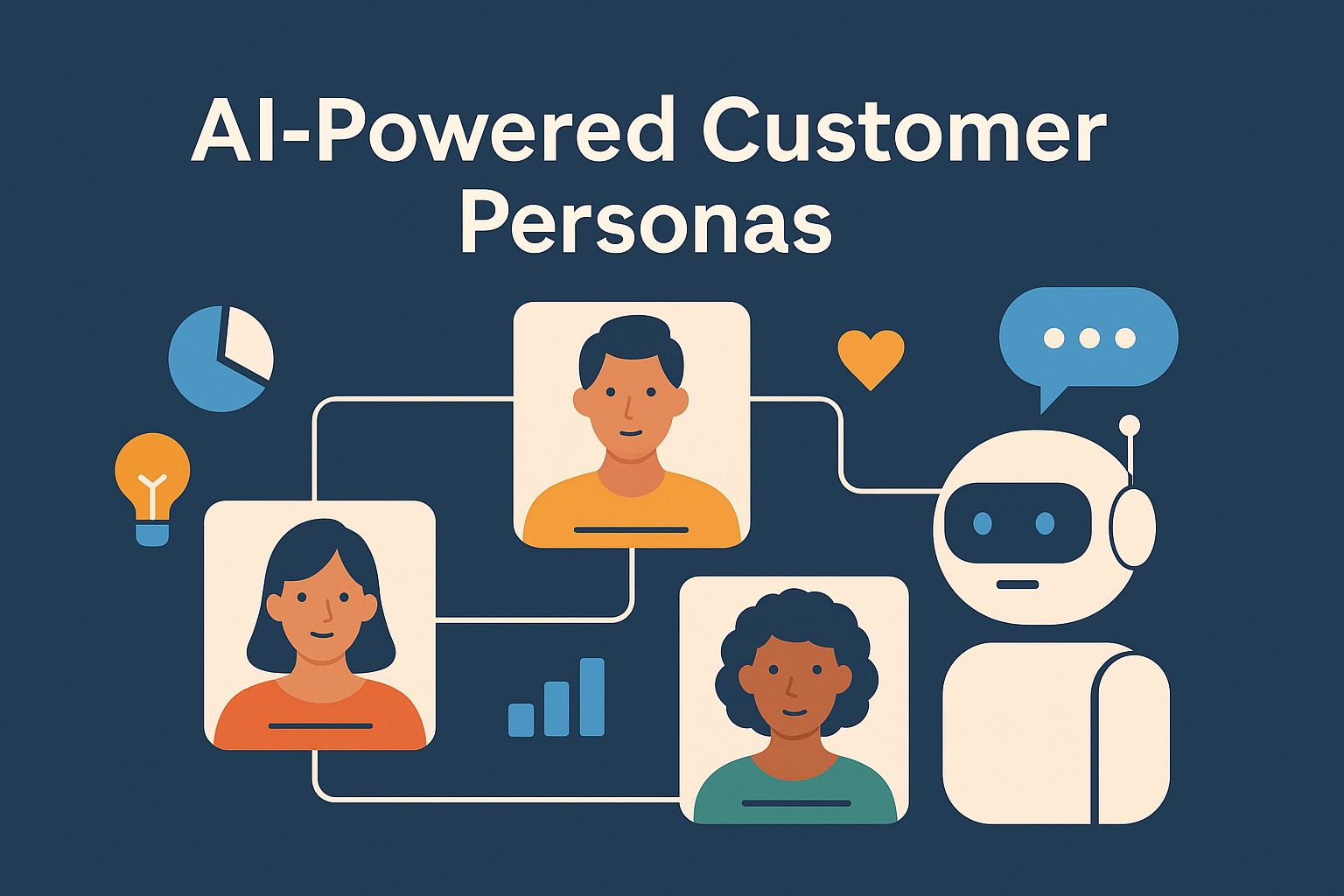How to Use AI to Improve Customer Retention

Finding customers is one thing, but keeping them is something entirely different.
Back before AI it was something you nurtured with loyalty cards, occasional email reminders, and a pat on the back when someone renewed.
Now, in an era of instant gratification, fickle loyalties, and endless digital distractions, keeping a customer’s attention demands more than goodwill and occasional coupons.
Artificial intelligence offers a fresh lens: it doesn’t just automate outreach or segment lists; it uncovers patterns, anticipates needs, and transforms each interaction into an opportunity to deepen trust.
Imagine you run an online subscription service for specialty teas. In the past, you might have sent every customer the same “Thank you for subscribing” email, then hoped they’d stick around.
They likely won’t.
With AI, you see that customers who buy oolong blends and sample ginger infusions tend to churn after two months unless you introduce a limited-edition matcha sampler.
An AI-driven recommendation engine spots that pattern, nudges your team to launch a special bundle at the right moment. It even drafts the email that feels personal—referencing past orders, offering a brief “behind-the-scenes” story about the farmer, and ending with a warm invite to give feedback. That simple, data-infused gesture can turn a potentially lapsed subscriber into a brand advocate.
To unlock those insights, start by centralizing your customer data.
In most organizations it lives in five or six places: your CRM, the support ticketing system, the e-commerce backend, the email platform, even credit-card processors.
AI thrives on context, so pull in purchase histories, support interactions, browsing behavior, and satisfaction scores into one unified view.
Modern tools make this painless: plug-and-play connectors link each source to a cloud data warehouse, where a lightweight AI layer ingests every record in real time. The payoff arrives almost immediately.
Once data flows into a single pane of glass, predictive models begin identifying early churn signals.
-Did someone open fewer than two emails in the past month?
-Did they visit the “cancel subscription” page?
-Has their average order value dipped below your identified threshold?
AI can weigh these variables—alongside softer signals like social-media sentiment—and assign each customer a risk score. From there, you can tailor outreach. Low-risk customers might only need a “thank you” note; at-risk customers get a special offer or a one-on-one check-in from your customer-success team.
Equally powerful is the ability to personalize experiences at scale.
AI-powered chatbots and virtual assistants no longer rely on clumsy decision trees; they learn from every conversation. When a customer asks, “How can I get more out of my membership?” the bot not only serves up FAQ links, but also surfaces relevant case studies, suggests a community webinar next week, or proactively offers a free coaching call—whatever the data shows resonates best.
Because the system continuously refines itself, each touchpoint grows more helpful and genuinely conversational, reducing friction and increasing lifetime value.
However, keeping a customer also means celebrating milestones in a way that feels heartfelt, not spammy.
Suppose your data shows that a user first signed up exactly one year ago.
Instead of a generic “Happy anniversary” email, AI can help craft a mini-story: “When you joined us last June, you picked our bestselling Earl Grey blend. Since then, you’ve tried five more teas, shared feedback on three, and inspired our upcoming lavender release. We’re honored to have you on this tea journey.”
That level of specificity—automatically generated by AI analyzing a year’s worth of interactions—feels bespoke and fosters an emotional bond that static templates can’t replicate.
Customer retention is also about solving pain points before they become churn triggers. AI-driven sentiment analysis on support tickets and social posts flags frustrated language—words like “never works” or “ridiculously slow.”
When those keywords spike, your team receives an alert, but AI goes further by clustering complaints around common themes: “slow page load after mobile app upgrade” or “confusing billing language.” Armed with those insights, product and marketing teams can prioritize fixes and updates that directly address customer frustrations, turning potential detractors into satisfied users.
Of course, you don’t want to rely solely on machines. Human judgment remains essential.
The ideal workflow weaves AI’s speed and scale with your team’s creativity and empathy. Let AI suggest the next-best-action—whether that’s a coupon, a phone call, or an educational video—but have a human review and refine the message, adding brand voice and tone. This partnership ensures every outreach feels both informed and heart-centered.
Measuring the impact of these initiatives requires a shift from simple vanity metrics to meaningful outcomes. Instead of tracking “emails sent” or “responses received,” focus on retention rate, repeat-purchase frequency, and net promoter score over time.
AI dashboards can tie each campaign back to revenue uplift, showing, for example, that personalized anniversary emails reduced churn by 12 percent, or that proactive chatbot interventions in week three increased three-month retention by 8 percent. Armed with that feedback loop, you can continuously optimize—tweaking models, adjusting thresholds, or experimenting with new engagement tactics.
To get started on this journey, you don’t need a team of data scientists.
Many vendors offer plug-and-play retention solutions that integrate seamlessly with popular CRMs and help desks. Look for platforms that include prebuilt churn-prediction models, drag-and-drop workflow builders, and natural-language generators for crafting emails or chat messages.
Within weeks, you can have risk scores, personalized templates, and real-time alerts up and running, all without writing a line of code.
Smaller businesses can also tap into AI via everyday tools.
Email marketing platforms now embed predictive contact scoring; e-commerce systems come with built-in product-recommendation engines; support software offers sentiment analysis modules. The key is to explore the AI features you already have before adding another subscription. Often a quick settings tweak or an API connection unlocks more value than you’d expect.
Keeping customers also means rewarding loyalty!
AI can analyze purchase histories to design tiered incentives—exclusive webinars, VIP discounts, or early access to new features—tailored to each customer’s profile. By using machine learning to segment customers not just by spend, but by engagement patterns and growth potential, you ensure rewards feel earned rather than arbitrary.
That sense of recognition strengthens the psychological contract between brand and customer, making them far less likely to wander.
Even at this high level, it’s clear that AI transforms customer retention from a reactive scramble into a proactive, delight-driven strategy. It spots risks before they escalate, tailors experiences at scale, and guides human teams to focus on the moments that matter. As you roll out these capabilities, celebrate early wins—share them with the entire company to build momentum, then iterate.
Over time you’ll find that retention becomes not just a nice-to-have, but a core pillar of your growth engine.
In the end, AI doesn’t replace the human touch—it amplifies it.
By surfacing the right insights at the right moment and automating the heavy lifting, it gives your team the breathing room to connect authentically, innovate your offerings, and cultivate a customer base that stays, smiles, and tells their friends.
That’s the future of retention: smart, empathetic, and powered by machines that never lose sight of what matters most—your people.










